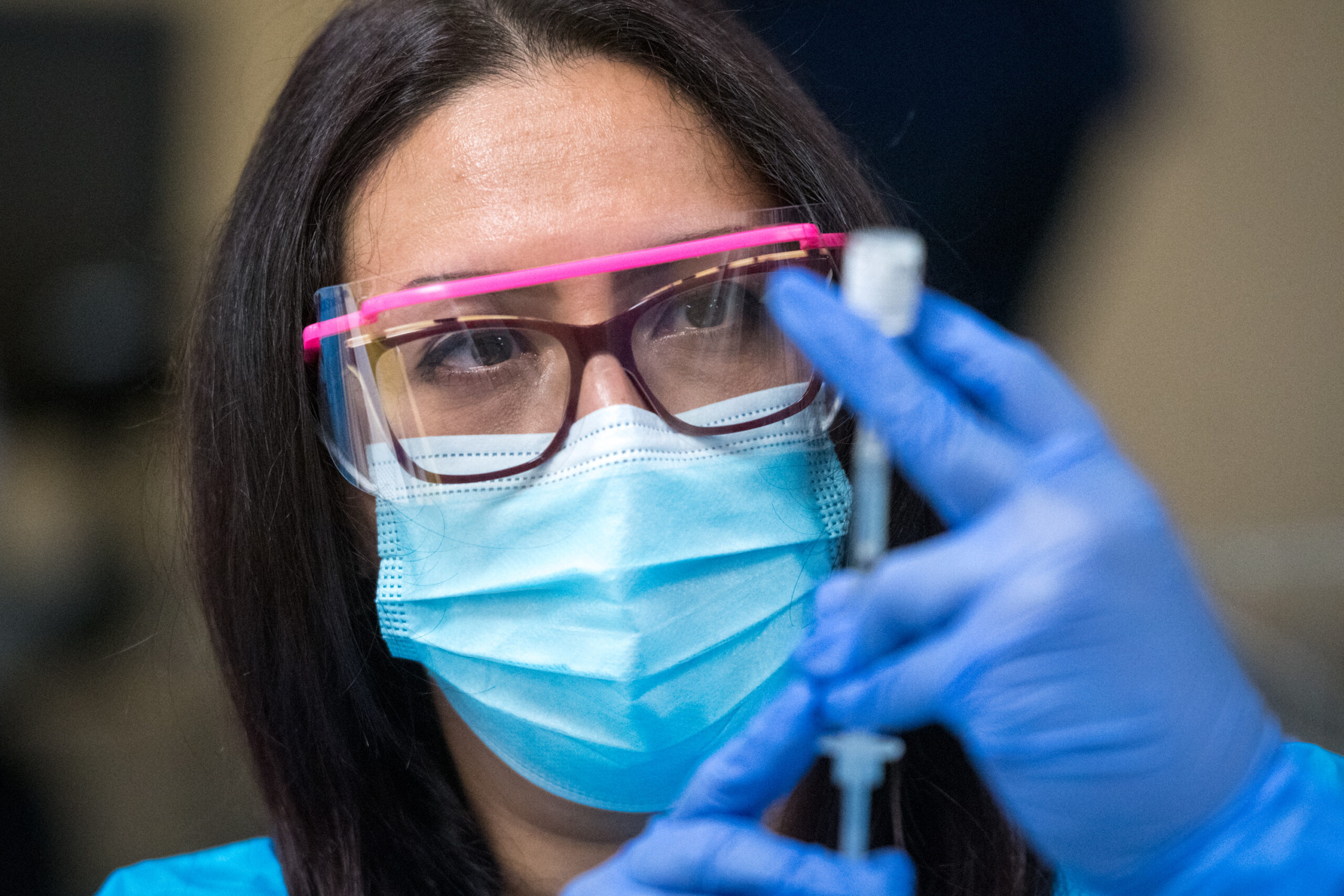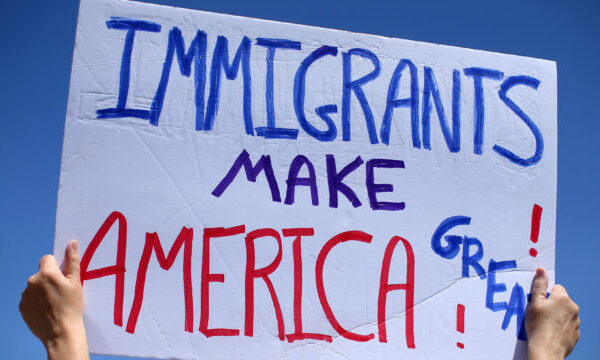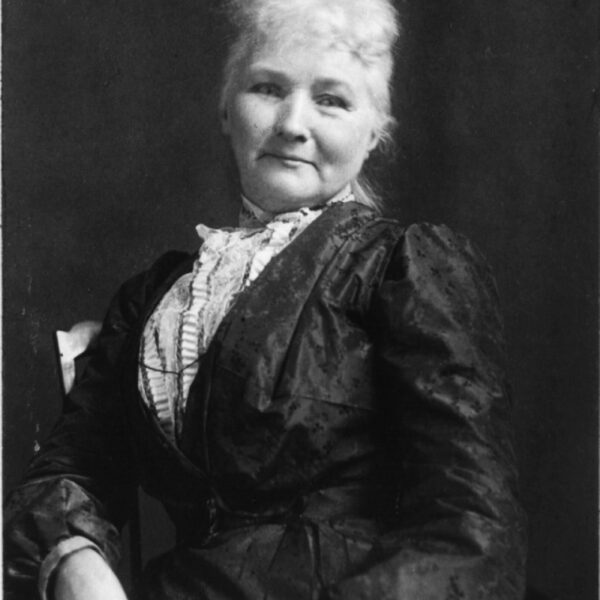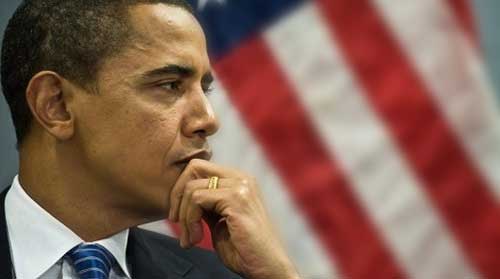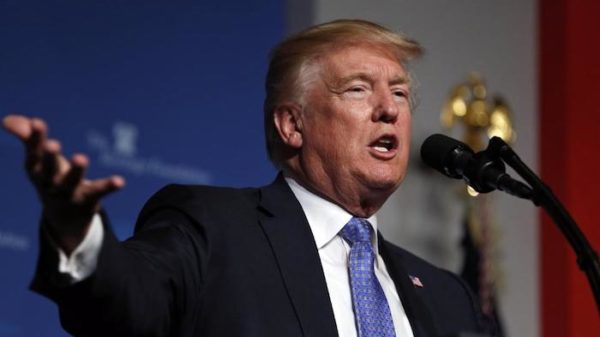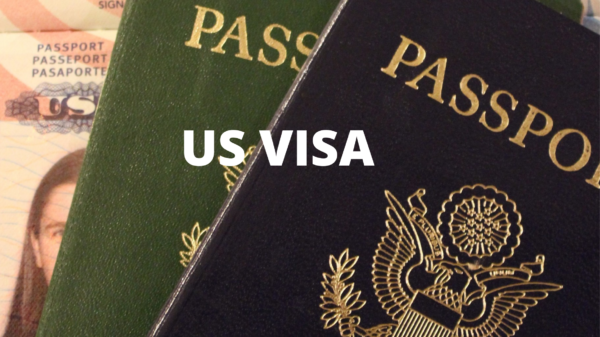San Joaquin ranks 31 among the state’s 58 counties for adults who have completed the primary COVID vaccines and is struggling to raise booster and vaccine rates for younger kids. The county has drawn on an innovative mix of programs to reach an increasingly diverse mix of rural migrants, recently settled refugees, low-income and unhoused people. Ethnic Media Services (EMS) recently hosted a briefing to discuss these challenges with speakers including public health officials and community organizers who have worked on the frontlines of the pandemic since its start.
Dr. Maggie Park, San Joaquin County Public Health Officer shared that this largely agrarian community with a majority 40% Hispanic population and South East Asian immigrants has made the distribution of covid-19 vaccines and boosters very challenging. Cultural, linguistic, and geographic challenges impede the ability to get credible information about Covid-19 to residents and get them tested, or vaccinated and boosted.
Heng Sothea Ung, Program Director, Apsara (serving Cambodian refugees) shared that most of his clients came from war-torn regions and struggled with a traumatic past. The lack of information about the vaccines in a language understood by his community made it worse. He stressed the importance of vaccine clinics and their proximity to residents who wouldn’t go if placed too far away, especially since many are scared of the gun violence surrounding them.
“The health care system is lacking in so many ways. It is not equipped for diversity,” Ung reiterated that community-based organizations could be the bridge to resources. “We need to build long-term infrastructure and de-centralize funding. CBOS must be invited to the table.”
Kevin Sunga, Health Director, Little Manila Rising remarked that this county at one time was home to the largest Filipino population outside of the Philipines Serving over 82,000 people the language barrier is a big issue as there is hardly any information in Tagalog. Technological advances have not been very helpful since many of the elderly do not know how to use computers to make appointments. This has left many frustrated with the process and he has had to step in sometimes to help with his smartphone since many do not have smartphones either.
In spite of all these challenges, Little Manailla has vaccinated over 1500 residents and is doing its best through door-to-door canvassing to stop the spread of misinformation. He also encouraged public health agencies to pay attention to underlying conditions such as asthma, and diabetes that make people vulnerable to hospitalizations and deaths from Covid.
Zonnie Thompson, Community Organizer, Faith in the Valley Stockton, shared that in the unhoused community the number had shafted from 925 pre -covid to That number jumped between 3,000 and 5,000 during the pandemic. In homeless encampments, covid had become hotspots and many unhoused were reluctant to go to clinics since they typically had no health insurance.
`Nick Worrell, Unhoused at the time of the pandemic, shared his experience with covid having contracted it five times, at least three times when he was homeless. He lamented that “there are a lot of folks living on the outskirts. No one comes by to vaccinate us”. Currently housed, he shared that while he is unable to get boosted because he couldn’t locate his vaccination record, the county should be able to verify that he had taken initial vaccines and give him a booster.

